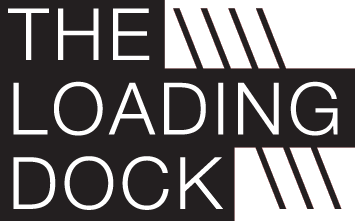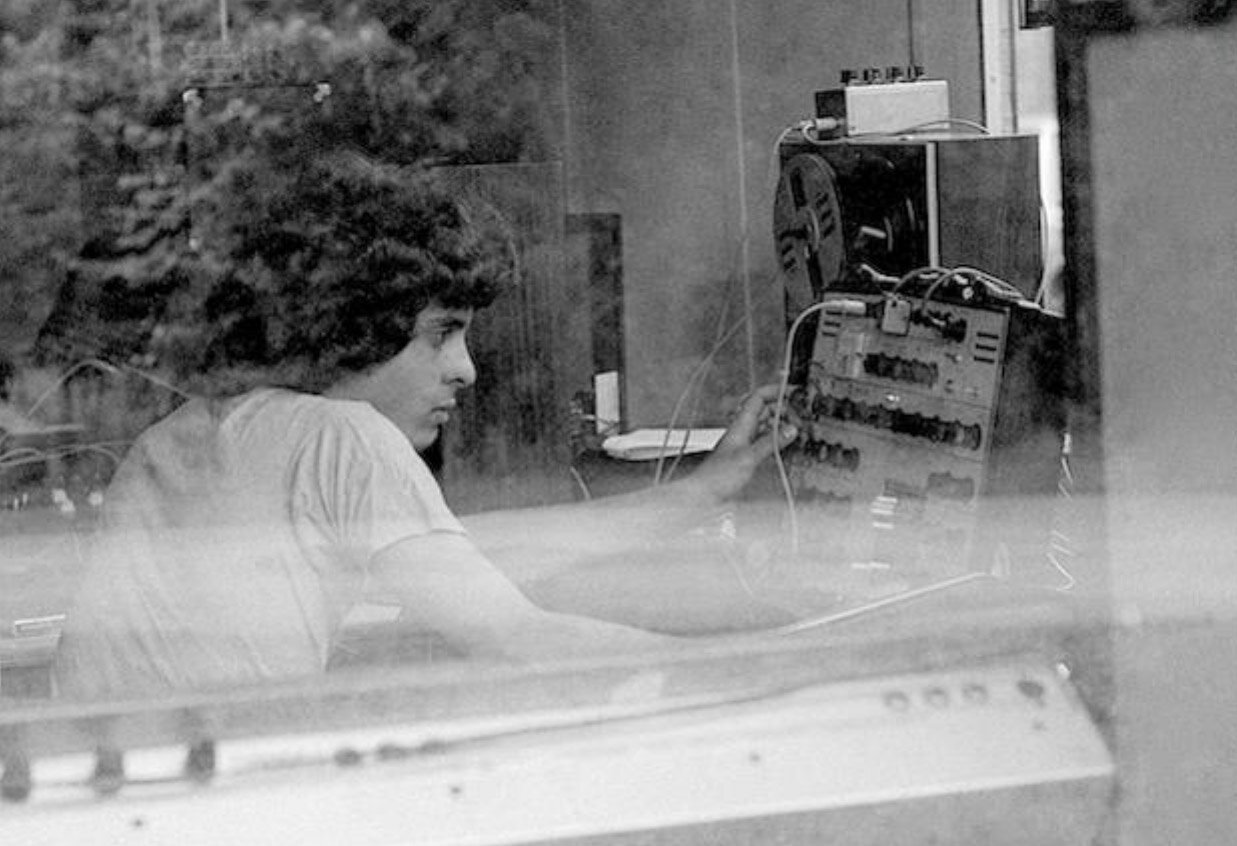Drew Schlesinger is a synthesist and composer of unique electronica and EarSpaces ambient soundscapes.
David Torn is a guitarist, composer & film-composer, producer & ECM recording artist. He has collaborated with a whole lotta other artists, and continues to do so.
Liner notes for the digital age — by Drew Schlesinger
This album was recorded over 41 years ago during the summer of 1978 in Ithaca, NY. During the previous year I’d built out a small, but well-equipped synthesizer and keyboard-based recording studio in my apartment and was composing various types of electronic music. Also, in Ithaca, David was playing in the great Zobo Funn Band and I’d heard he’d purchased an ARP Avatar Guitar Synthesizer - the very first of its kind! I approached DT asking if he’d like to bring it over to help him explore some of its unique sound and synthesis capabilities. He agreed to do, which was quite exciting. As we were working with the Avatar, I suggested he might listen to some pieces I was working on. He liked what he heard, and we immediately began adding new parts that transformed the pieces into completed songs. Together, we created some quite personal electronic textures, with the Avatar allowing DT to convey an expressiveness unlike similar sounds as played on a standard keyboard synthesizer. David then composed several new pieces specifically for the Avatar, which we recorded, while I create d additional pieces for him to play on. Tracks were “performed” and played straight through, with most being a “first take”, played once and done. Ultimately, we ended up with numerous collaborative pieces, songs by me, and DT’s new compositions. Together they had a unique style and cohesive sonic character. Over those 3 months of summer, we recorded a significant bunch of material and 14 of the pieces are included on this album. We’re happy the music is finally seeing the light of day...better late than never! Recording Details: This album was recorded on 4-track analog, reel-to-reel tape. DT remastered the final mixes in 2020, staying quite true as possible to the original sound and vibe, so that you hear is what we created way back in 1978.
I think that this music pairs well with nature. Being outdoors and having this album mixed low so that you can still hear the birds, the wind in the trees, anything and everything. Grab this album, go for a walk, and listen.
I’ve played this album in a lot of different environments. In the car late at night, throughout my house on the stereo, taking walks with the dog in the woods, on nice headphones… The music blends and enhances the environment and throughout the experience it pops in sharp contrast to your immediate surroundings and demands attention. I’ve taken this music cross country skiing in cold conditions and its been warming and conducive to expanding thoughts. I’ve had it on as background music over dinner with my family and I think it facilitated more dialog and connectiveness. My son says Stranger Things needed this music for the sound track. It’s true, on a first listen you will hear the lush sounds of early synths and a myriad of subtle colorations that will make your mind hear colors and textures, this is very visual music. When this album was recorded synth technology was very new. The current interest in late 70s early 80s synth heavy sounds would have taken cues from this album if it had been released at the time. This album sounds super fresh, there is a pragmatism to all of the playing on this record and there is lots of experimentation but not at the cost of creating incredible music.
This IS instrumental music at its best, it has a velocity of Sound development that engages you and your surroundings in unexpected ways. The experimentation with texture and effects heighten the unpredictable nature of the music and weaves in new ideas of how sounds can be combined. The overlapping textures of sound punctuated with other dimensions offers up a deep imaginary world that existed between Drew and Torn that summer in 78.
More info from Drew Schlesinger
TECHNICAL BACK STORY
Summer Synthesis 1978 was recorded using Dokorder 4-track and Sony 2-track tape decks, a four channel TEAC mixer and some MXR graphic EQ’s. There were no compressors or noise reduction. All tracks were printed with effects and the initial four tracks were mixed to 2-track stereo. If more tracks were needed the first mix tape went back on the 4-track, two additional tracks were added, and a final stereo mix done. The synthesizers played were a Micromoog, Oberheim Expander Module and 8-Step Mini Sequencer, an ARP Avatar guitar synth along with a Gibson G-101 organ and Fender Rhodes. The synths had patch points exposed so it was like a small modular system. Effects included a Mutron Bi-Phase, Systech and A/DA flangers, tape echo and a small Furman spring reverb. The Mutron and A/DA also had voltage control inputs. Acoustic piano was recorded with a Shure SM57 right into the Sony 2-track in mono. All in all, it was a powerful little set-up and could make some serious noise. Recording Summer Synthesis was challenging and experimental (for us!). Hopefully it stands the test of time these 40+ years later.
INTERSTING FACTS:
It seems that this may be one of, if not the only real substantial recording of the ARP Avatar ever. We've not heard of any other records that feature it so prominently.
DT's playing on the Avatar was amazing as were his compositions and sound ideas. He seems to have been one of the only guitarists with the dexterity and technique to make the Avatar track and not go haywire...it was nothing short of amazing.
In some cases its hard to tell what's keyboard and what's Avatar but on the collaborative pieces all the melodic stuff is Avatar and on DT's pieces it's all from the Avatar; clean guitar sounds, hexaphonic fuzz, synth and a mixture.
I did the programming, engineering, treatments and mixing...again, this was almost 42 years ago but I knew what I wanted sonically and texturally and had been doing a lot of synthesis by then.






